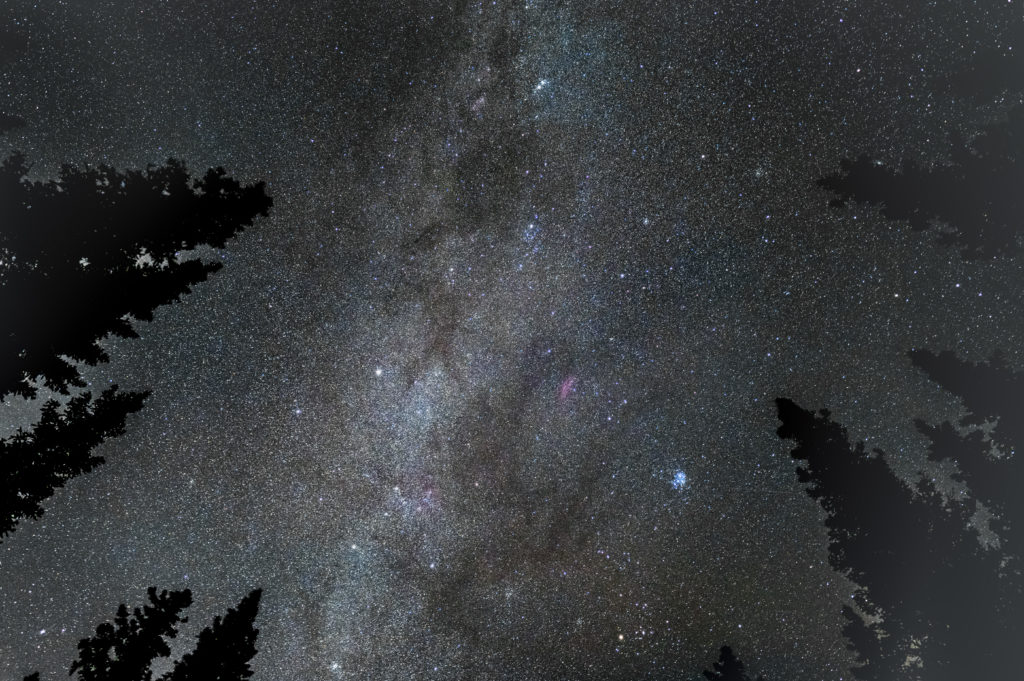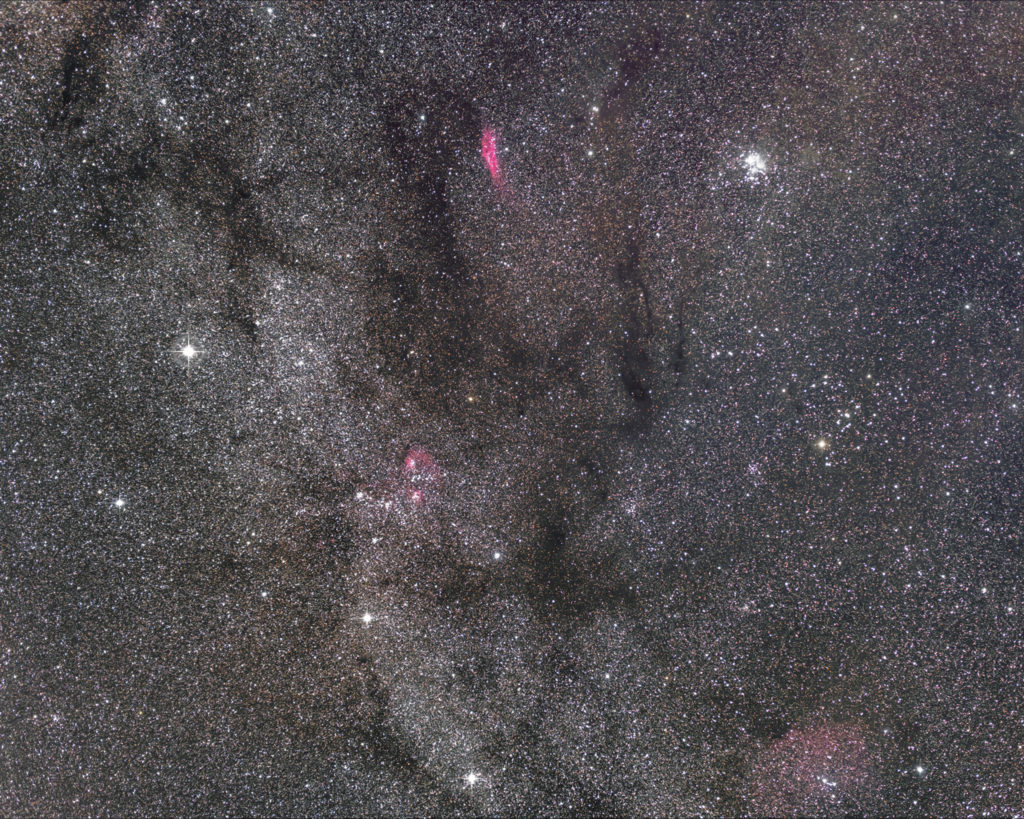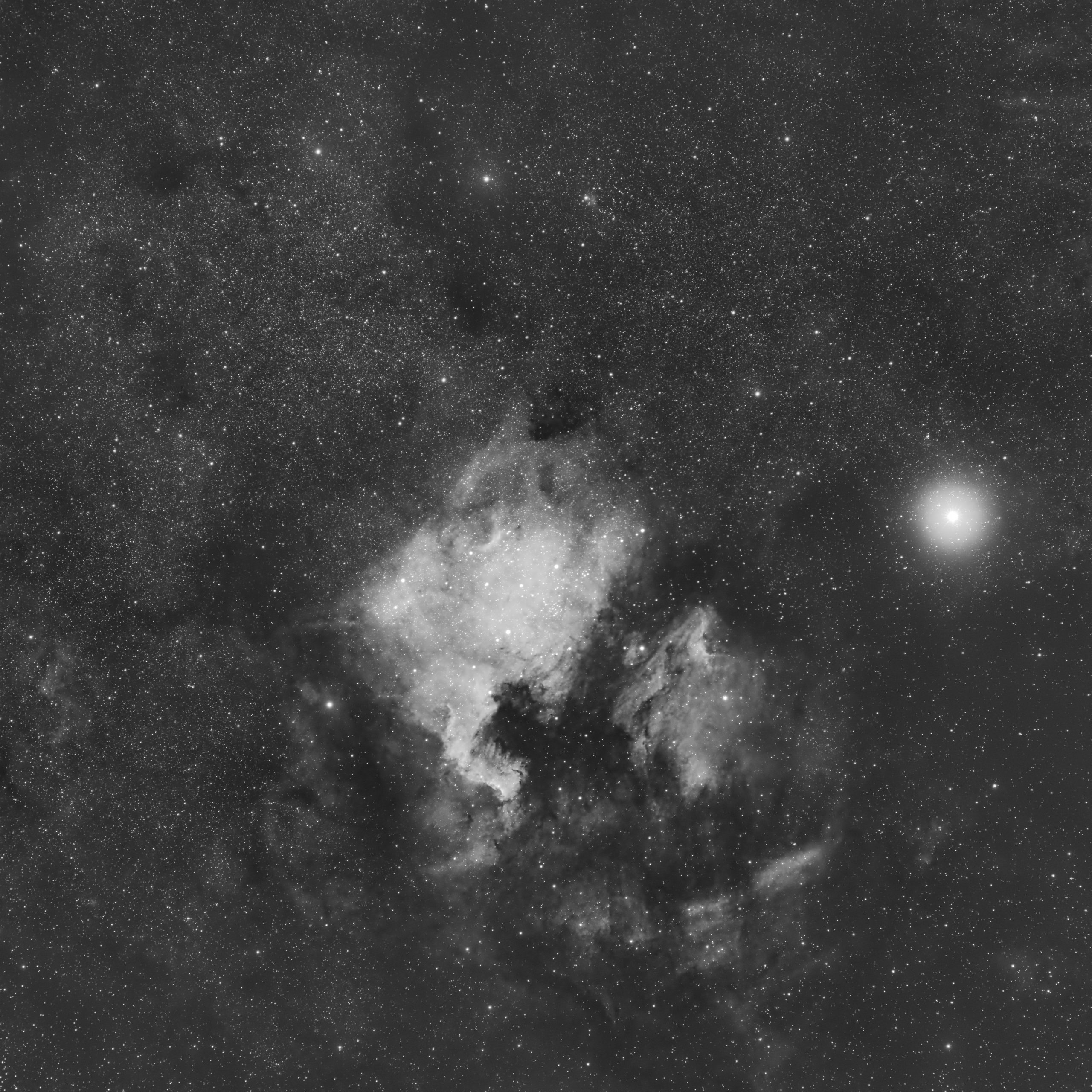
In the early months of each year, stargazers south of the equator enjoy a dazzling view of a rich part of the Milky Way, one that’s festooned with open star clusters, emission nebulae, and bright blue-white stars. Here, in the constellations Centaurus and Crux, we gaze into one of the two major spiral arms of the Milky Way, the Scutum Centaurus Arm, that originates from the long bar of ancient stars at the core of our galaxy.
An observer looking overhead in the northern hemisphere sees a completely different perspective. Here the view lies in a direction away from the center of the galaxy into the outer reaches of the Perseus Arm, the second major spiral arm that emanates from the galactic core [Read more…] about Sightseeing along the Perseus Arm of the Milky Way
Share This:


